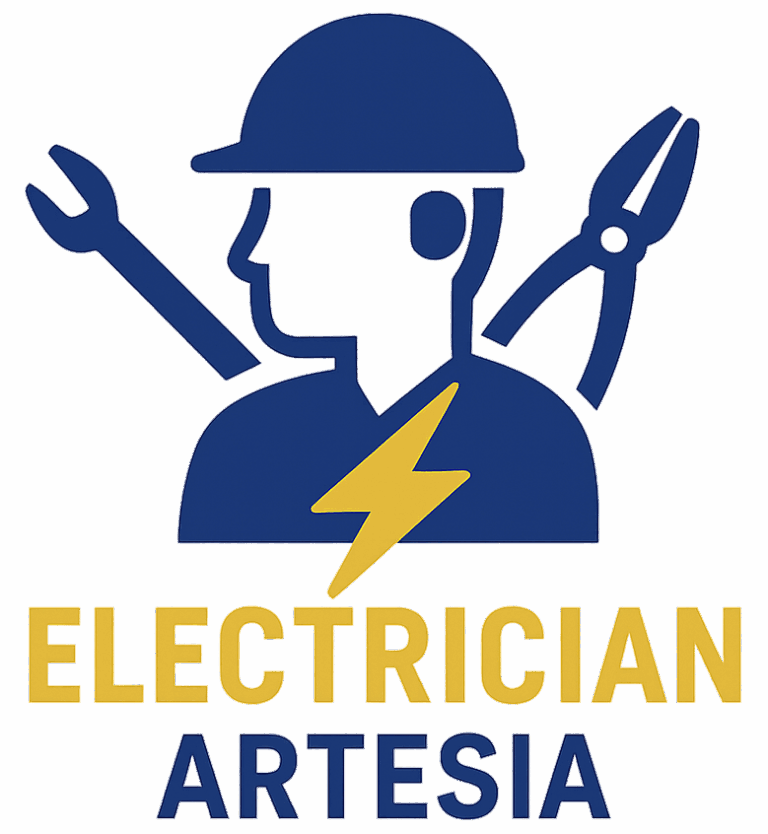Electrical overloads are among the most common household electrical issues but they’re also one of the easiest to prevent with a bit of care and planning. When circuits are pushed beyond their limits, breakers trip to stop the flow of electricity and prevent overheating. While this is a safety feature, frequent overloads can indicate deeper problems that could lead to fire hazards or equipment damage. Learning to manage your electrical usage properly keeps your home safe, efficient, and worry-free.
What Is an Electrical Overload?
Every electrical circuit in your home is designed to carry a specific amount of current, measured in amperes (amps). When the demand on that circuit exceeds its limit – say, by plugging in too many high-power devices – the wires heat up, and the breaker trips to protect your system. Typical household circuits are rated for 15 or 20 amps. Exceeding that capacity too often can wear down your wiring, cause outages, and increase the risk of electrical fires.
How to Recognize an Overload
- Frequent breaker trips or blown fuses
- Flickering or dimming lights when appliances are in use
- Warm or discolored outlet plates and plugs
- Burning smells near sockets or switches
- Crackling, popping, or buzzing noises from panels or outlets
If you notice any of these symptoms, it’s important to act quickly. Overloaded circuits can silently strain your wiring and may escalate into bigger, costlier problems.
Understand Your Home’s Electrical Circuits
Your electrical panel divides your home into circuits that power specific rooms or areas. To prevent overloads, it helps to know which outlets and lights belong to each circuit. If your breaker panel isn’t labeled, take a moment to map it out. Turn off each breaker individually and see which areas lose power. Label them clearly for future reference. This will make it easier to avoid running multiple heavy appliances on the same circuit.
Don’t Overload a Single Circuit
One of the simplest ways to prevent overloads is by managing how you use power-hungry devices. For instance, don’t use your microwave, toaster, and coffee maker at the same time if they share a circuit. Similarly, avoid running a vacuum cleaner and a space heater together in the same outlet area. If you can, space out when you use large appliances to balance your home’s electrical demand.
Use Dedicated Circuits for Major Appliances
Appliances that require a lot of power should have their own dedicated circuits. This includes refrigerators, washers, dryers, ovens, and air conditioners. Dedicated circuits prevent these high-wattage machines from competing for power with smaller electronics, reducing strain on your system and minimizing the chance of overload.
- Kitchen: Refrigerator, microwave, dishwasher, oven
- Laundry area: Washing machine, dryer
- Climate control: Air conditioner, heater, furnace
- Workshop or garage: Power tools, compressors
Upgrade Old Wiring and Panels
Many older homes were designed for lighter electrical loads and might not meet today’s power needs. If your home still uses outdated fuse boxes, aluminum wiring, or limited circuits, upgrading is crucial. A modern 150- to 200-amp service panel provides better distribution and supports today’s technology-driven lifestyles. Upgrading not only increases safety but also prevents recurring trips and the inconvenience of overloaded circuits.
Handle Power Strips and Extension Cords Safely
Power strips are convenient but often misunderstood. They give you more outlets – not more power. Plugging several high-demand devices into one strip can easily overload the circuit. Always use high-quality, surge-protected strips, and avoid connecting one strip into another (known as daisy-chaining). Extension cords should be treated as temporary solutions, not permanent wiring, and rated for the devices you connect.
Practice Energy Efficiency
- Replace old incandescent bulbs with energy-efficient LEDs.
- Turn off appliances when not in use to reduce unnecessary load.
- Use smart plugs and timers to control devices automatically.
- Unplug chargers and electronics that draw “phantom power.”
Energy-efficient practices lower your overall consumption and reduce the stress on your circuits, making overloads less likely.
Install Safety Devices
Modern safety devices can add a valuable layer of protection to your home. Arc-Fault Circuit Interrupters (AFCIs) detect dangerous electrical arcs caused by damaged cords or loose connections, while Ground-Fault Circuit Interrupters (GFCIs) prevent electric shock in wet areas such as bathrooms, kitchens, and outdoors. Installing these in key areas ensures faster response to faults and reduces the risk of overheating and overload.
Plan for New Electrical Needs
Thinking about adding an EV charger, a home office setup, or new outdoor lighting? Plan for the added load before installing. A licensed electrician can perform a load calculation and determine whether your existing system can handle the extra demand. If not, they can add new circuits or upgrade your service panel to ensure consistent, safe performance.
What to Do If a Breaker Trips
- Turn off or unplug devices on that circuit.
- Reset the breaker by switching it fully OFF and then back ON.
- Plug in each device one at a time to find the culprit.
- Move heavy-load devices to a different circuit if necessary.
- If the problem persists, have an electrician inspect the circuit.
Call a Professional When Needed
Frequent tripping, warm outlets, flickering lights, or a humming electrical panel aren’t just annoyances – they’re warnings. A qualified electrician can test your circuits, inspect wiring, and install additional capacity if needed. Professional maintenance ensures your home’s system stays safe and compliant with modern electrical standards.
Preventing electrical overloads is all about awareness, balance, and maintenance. By understanding your home’s limits, using circuits responsibly, upgrading outdated wiring, and embracing energy-efficient practices, you can safeguard your home against electrical hazards. A well-maintained electrical system doesn’t just prevent overloads – it ensures your home stays powered safely and reliably for years to come.

